The jury is still out on whether the East German communist regime helped preserve the art, culture and sciences of Saxony, but I think it must be given some credit for the fact that the towns and villages of Saxony have such a huge amount to interest the visitor. Communism was always strong on culture for the masses, as anyone who has visited former Soviet satellite countries can vouch for, but Saxony seems to have more than its fair share.

DRESDEN - City on the Elbe
by Maritravel
Long hidden behind the Iron Curtain, the Saxon area of Germany holds some of the world's greatest art & architecture, but it is also a beautiful city in which to relax.
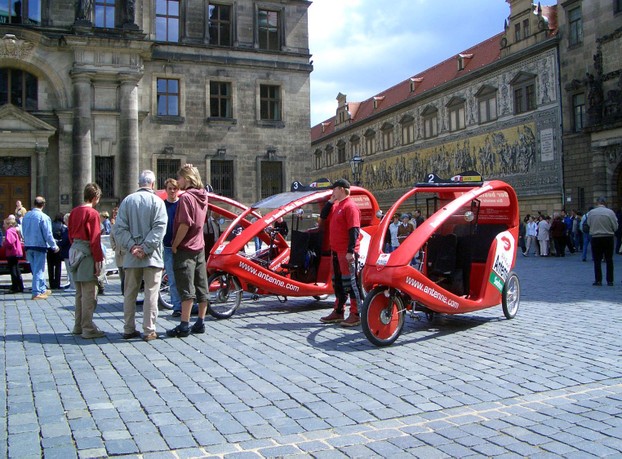 Dresden Transport Mari Nicholson |
Dresden, Powerhouse of Visual Arts
Dresden with its old centre of grand palaces and churches that fan out from the Elbe is one of the most beautiful cities in Europe: not only that, but UNESCO has named the meadow-lined banks of the River Elbe as a World Heritage Site.
Dresden also has a distinguished musical heritage but it cannot complete with nearby Leipzig which was a magnate for the great musicians of history like Bach, Mendelssohn, Schumann, Wagner and others. (See Leipzig article on Wizzley.com)
What it has in abundance however, is a powerhouse of visual arts with collections including the royal Green Vaults treasury, a dazzling collection of objets d’rt, and the Old Masters’ Gallery in which are paintings representing the most important European artists, among them Raphael, Rembrandt, Vermeer and Canaletto.
Dresden suffered more than its fair share of destruction during World War II but the architectural treasures of the city centre have now been restored to their former glory.
What to See in Dresden
The Frauenkirche, The Royal Palace, the Zwinger Palace
The Lutheran cathedral, the Frauenkirche, for 200 years the proud symbol of the city, is said to have been left as rubble as a Memorial, but it was more likely left as a reminder to the East Germans of the destruction wrought by the West on their city. In the 1990's plans were put into operation to rebuild the church with the help of the people of Coventry in the UK, Dresden’s opposite in World War II bombing, and the work was completed in 2005.
Augustus the Strong who ruled from 1694 to 1733 as Elector of Saxony turned Dresden into a European centre for art and architecture (while supposedly siring over 300 children) and statues of him are everywhere. The skyline of the Old Town on the north bank of the Elbe is largely due to Augustus as are baroque sections of the Royal Palace and the original Zwinger Palace and gardens. In and around the city you will see an eclectic mixture of Renaissance, Baroque, and Neoclassical architecture, often together in one building.
Modern restoration includes the main railway station, the Military History Museum, and the New Synagogue which replaces the original synagogue which was destroyed on Kristallnacht in 1938. The ridged glass roof of the neo-Renaissance Academy of Arts is nicknamed The Lemon Squeezer for obvious reasons, but the transparent VW factory leaves one lost for words.
What not to miss? The Zwinger Palace both outside and inside is a revelation. The art contained in the Semper wing of the Palace includes paintings by Titian, Botticelli, Raphael, Rembrandt, Vermeer, Van Eyck, Rubens, Van Dyck, El Greco, Poussin, Reynolds, Holbein, and Cranach – some unknown but many familiar. The main exhibit is Raphael’s Sistine Madonna but the gallery repays random wandering as it unfolds treasure after treasure.
Some will argue that the best museum in Dresden is the Green Vaults in the Royal Palace which house the astonishing treasure trove of the Saxon royalty. Miniatures carved from cherry stones, models made out of pearls, ivory carvings, and a bejewelled miner’s kit made to represent the silver mining that made Saxony rich, are just some of the wonders on display. Prior booking is advised to visit the Green Vaults, but the Palace itself is rich in visual art and is well worth a visit.
.
The River Elbe in Dresden
Boating, sight-seeing, picnicking in flower-filled meadows
But after the sightseeing and the museums, take time out to relax on the banks of the River Elbe, the life-blood of Saxony. The banks are a pleasure to stroll or cycle on and are in use from early morning by strollers, power walkers, pleasure-cyclists and racing-cyclists. Cycles can be hired in Dresden and one of the most charming rides is along the cycle trail past Schloss Pillnitz prior to a visit to the Schloss. The setting is magnificent with flower filled meadows on the southern shore of the Elbe which are a magnet for the locals who swarm there in summer to picnic and chill out. The river is in constant use by canoeists, leisure-sailors, kayakers, and pleasure seekers gliding past on one of the 19th century paddle steamers that operate on the river.
Lining the banks are attractive mansions and schlosses with wine terraces sloping down to the water's edge (including one that was once the STASI headquarters).
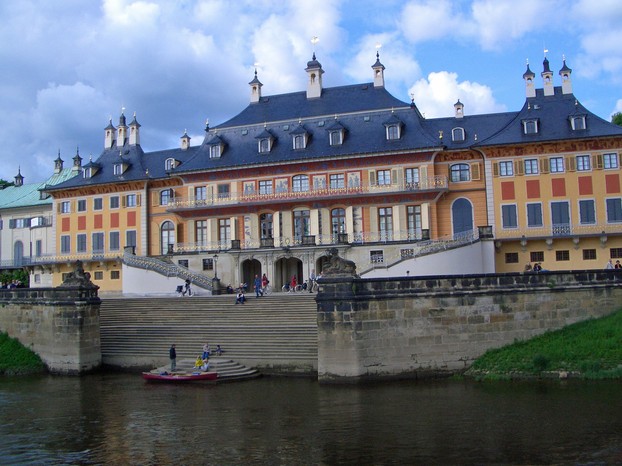 Pillnitz Castle from the River Elbe Mari Nicholson |
Schloss Pillnitz on the River Elbe
Wines, Gardens, and history
A popular disembarkation point for the paddle-steamer trip is the Schloss Pillnitz, built for one of Augustus the Strong’s mistresses. The magnificent gardens include a lilac yard in which rare examples of the tree are to be found, the fragrance from which in late spring/early summer is intense. There is also the oldest and largest camellia in the world, a Versailles style garden and a chestnut avenue.
Dresden is a city that can offer pleasure to those seeking culture and those seeking pure relaxation. And at the end of the day, the food and wines on offer are another wonderful experience
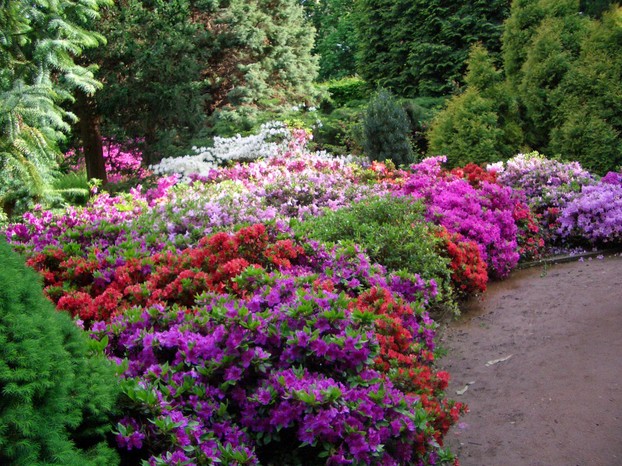 Gardens in Schloss Pillnitz Mari Nicholson |
You might also like
Public Bank Holidays in Germany, German Feast Days explainedNo matter if you travel to Germany for fun or for work, knowing when the diff...
Some of the best pubs and bars in Munich, GermanySteve Rogerson explores some of the best pubs and beer halls in the Bavarian ...
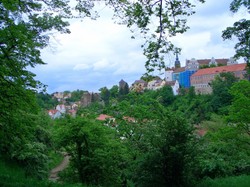

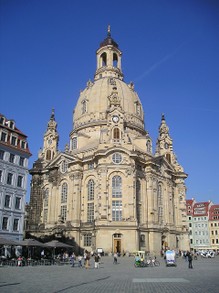
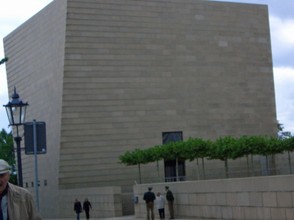
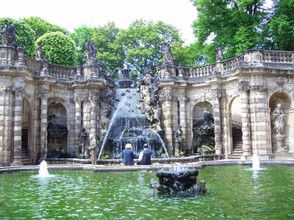
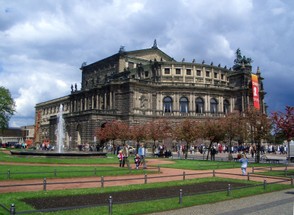
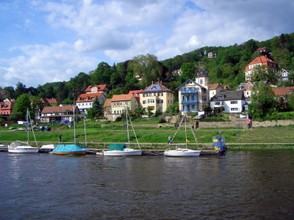
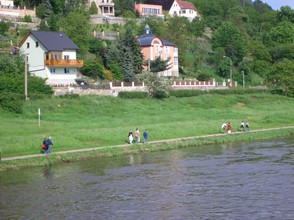
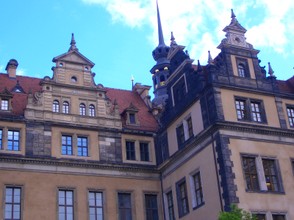
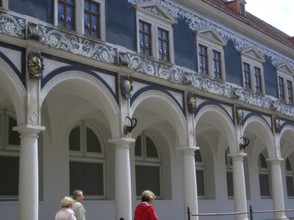

 The Alternative Picture Galleryon 04/20/2016
The Alternative Picture Galleryon 04/20/2016
 ROME - Where the Past Comes to Lifeon 03/26/2016
ROME - Where the Past Comes to Lifeon 03/26/2016
 Only in London - New Unique Guideon 01/25/2016
Only in London - New Unique Guideon 01/25/2016
 Manna, from Sicily, not from Heavenon 01/08/2016
Manna, from Sicily, not from Heavenon 01/08/2016

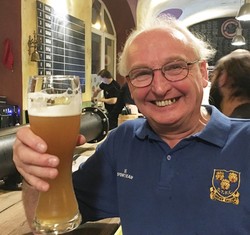
Comments
Thanks, JohnnyKnox, praise from a fellow writer is always good to have.
Seems as a wonderful destination! Excellent presentation and info!
Thanks again, Mira. I loved Dresden and I was very struck by what remained of the old communist state and what was old Germany. The new state, I thought, hasn't quite disconnected from the old Eastern bloc: the attitude - especially with the guides - was a cross between Teutonic and communist domineering. The older generation is still a little bit defensive, but they all want you to enjoy what is on offer. It is well worth a trip and Leipzig is very near (my next article I hope).
Wonderful! Thank you for the travel notes and the photos!